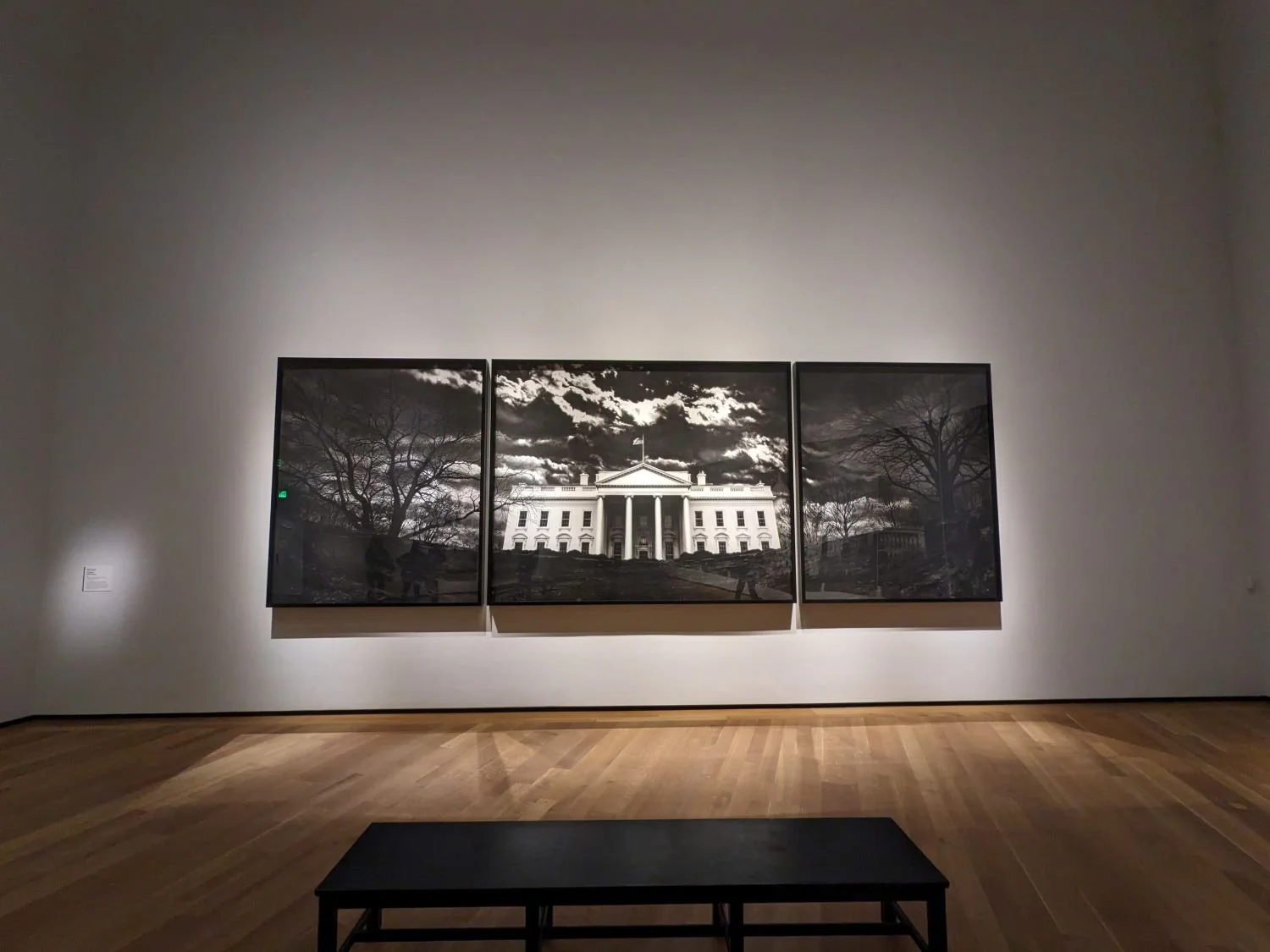What's Up with Feeling Exhausted in Art Galleries?
Fatigue, Attention, and Slowness
After discovering LA, I realized there was a massive city out there to check out. I planned one of the days out with my friends. I called it our LA Day. We grabbed ramen and then went to LACMA. Next to The Getty and The Last Bookstore, it is one of my favorite things about LA.
It was a beautiful day out and still is a beautiful memory. I remember this part specifically: after musing about for a while, it was clear that I was at my limit. A deep, warm fatigue crushed my body, and I felt the pressure in my eyes and bags of stress under them. It almost hurt to move or think too much. I proposed that we grab a snack.
We hit a cafeteria outside the main body of the museum. Refreshed, my eyes were weightless. My body renewed. My friends noticed and one launched, “All Trevor needed was a little snacky.”
Apart from being the moment when I first learned I should always carry some kind of snacky with me (now protein heavy as well), I also learned something here for the first time: art is exhausting.
WHY? I’m just looking at stuff on walls!
I am confident that I am not the only one. (I am also confident this is not always about me needing a snacky.)
I have been with other friends, on dates, or alone seeing others bear this specific type of exhaustion. And frankly, other museums don’t really do it to me. It’s the arts that crush me.
A recent tour at the National Gallery of Art brought me a step closer to understanding this.
Looking for things to do on a Saturday, I found an event at the NGA. The Gallery had just recently acquired a few pieces from an artist named Robert Longo, his series Engines of State. These are three, massive pieces of work done in only charcoal of each of the three buildings that signify the US government. Each has its own name: The Capitol Building is “The Whale,” the Supreme Court is “The Rock,” and the White House is “The Forest”.
The Forest
On this day, I saw “The Forest.” The curator gave us a lift up to the tower where each of the three were installed. Our little tour stopped in front of “The Forest, “ and the curator started with this quote of his from an interview on a different series:
“I always talk about the image storm we’re living in,” Longo says. “People don’t actually look. I’m trying to slow things down. I find these images and alter them, transform them into iconic images, and give them some resonance.”
And this is the unlock. In some sense, all art works on this level. As I observe the art world and history of art, there is a steadfast desire of nearly every artist who ever was or is or will be to create work in such a way that the observer is slowed down, even unto re-learning something of the world, their life, or the environment.
I think of a moment from The Cantos, a favorite quote:
“Only sequoias are slow enough… ‘slowness is beauty’”
What is the process of this slowness, this hold into being slow? It varies. This would move our conversation toward the intent of a chosen medium or style or etc., but it is the case with Longo that size is decidedly a specific choice. One cannot move quickly with these works.
Attention / Devotion
“Attention is the beginning of devotion” - Mary Oliver
One way to understand the effectiveness of art is the hold it creates on a view, reader, etc. Attention is a precious thing, and it is a reflection of craft that an artist can impulsively earn the trust of a viewer such that they stay with the work. Once with the work, it is a compounding kind of clock that determines how changed one is from beholding work. Let me put it romantically, the longer you behold something, the more it changes, and the more it does to you (staring at a painting for three hours). Art’s intention is to hold you. Moving on from a piece of work is to escape a unique and specific center of gravity.
Here, I am pointing to the clarity of something vital: attention is a powerful thing. A piece of art will bear with it a calling. Hearing its voice is give and take experience, leaving one compelled to observe and nourished in that moment but then also drained in the time afterward.
As I write this, it is bizarre to recall so closely. Currently, I write this in an art gallery. I am in the Rubell Museum, the latest gift to art-lovers in DC.
More soon,
Trevor
Now reading:
